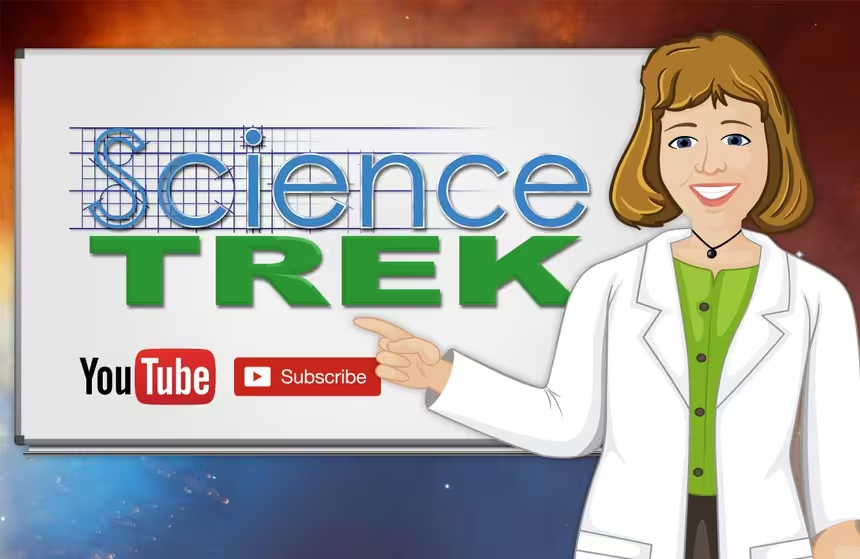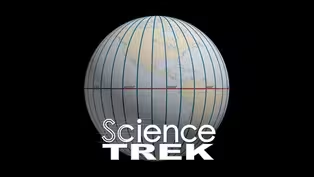
The Earth: A Tilt for All Seasons
Clip: Special | 1m 4sVideo has Closed Captions
Why does the Earth’s tilt create our season?
The Earth orbits the Sun, but with a tilt. That tilt is important to those of us on the planet because it creates our seasons. How does that work? What does our planet’s rotation mean for us on Earth?
Problems playing video? | Closed Captioning Feedback
Problems playing video? | Closed Captioning Feedback
Science Trek is a local public television program presented by IdahoPTV
Major Funding by the Laura Moore Cunningham Foundation and the Idaho National Laboratory. Additional Funding by the Friends of Idaho Public Television and the Corporation for Public Broadcasting.

The Earth: A Tilt for All Seasons
Clip: Special | 1m 4sVideo has Closed Captions
The Earth orbits the Sun, but with a tilt. That tilt is important to those of us on the planet because it creates our seasons. How does that work? What does our planet’s rotation mean for us on Earth?
Problems playing video? | Closed Captioning Feedback
How to Watch Science Trek
Science Trek is available to stream on pbs.org and the free PBS App, available on iPhone, Apple TV, Android TV, Android smartphones, Amazon Fire TV, Amazon Fire Tablet, Roku, Samsung Smart TV, and Vizio.

Science Trek
Science Trek is a place where parents, kids, and educators can watch short, educational videos on a variety of science topics. Every Monday Science Trek releases a new video that introduces children to math, science, technology, engineering, and math (STEM) career potentials in a fun, informative way.[MUSIC] JOAN CARTAN-HANSEN, HOST: The Earth formed about 4.5 billion years ago.
It moves in a squished circular orbit around the Sun at 66 thousand 6 hundred and 16 miles per hour.
It tak es the Earth about 365 days to orbit once around the Sun.
As the Earth orbits the Sun, it also spins around an imaginary line that stretches from pole to pole.
That's called its axis.
It takes just short of 24 hours for the Earth to rotate one time around the axis.
The Earth's axis is also tilted.
So, as it orbits around the sun, the part of the Earth pointed towards the Sun changes.
And that causes our seasons.
For those of us in the Northern Hemisphere, we're tilted more towards the Sun from March to September.
During those same months, the Southern Hemisphere is tilted away from the Sun.
That's why our seasons are opposite.
For those living at the equator, the amount of sunshine stays pretty steady.
So, this area only has two seasons: Wet and dry.
For more information about the Earth, check out the Science Trek website.
You'll find it at ScienceTrek.org
Video has Closed Captions
Clip: Special | 1m 4s | Do you know your latitude and longitude? (1m 4s)
Providing Support for PBS.org
Learn Moreabout PBS online sponsorship
- Science and Nature

Capturing the splendor of the natural world, from the African plains to the Antarctic ice.

- Science and Nature

Explore scientific discoveries on television's most acclaimed science documentary series.












Support for PBS provided by:
Science Trek is a local public television program presented by IdahoPTV
Major Funding by the Laura Moore Cunningham Foundation and the Idaho National Laboratory. Additional Funding by the Friends of Idaho Public Television and the Corporation for Public Broadcasting.
